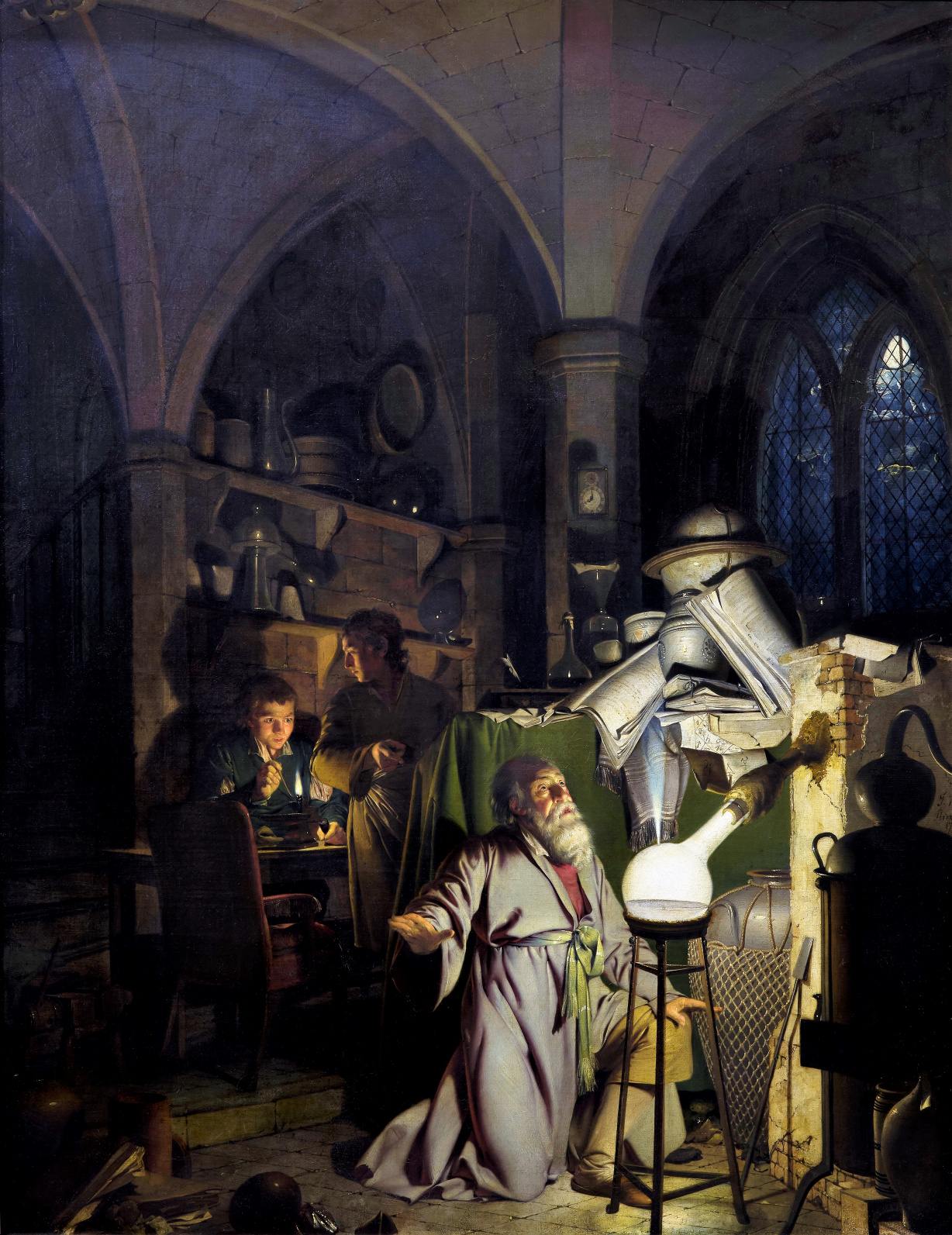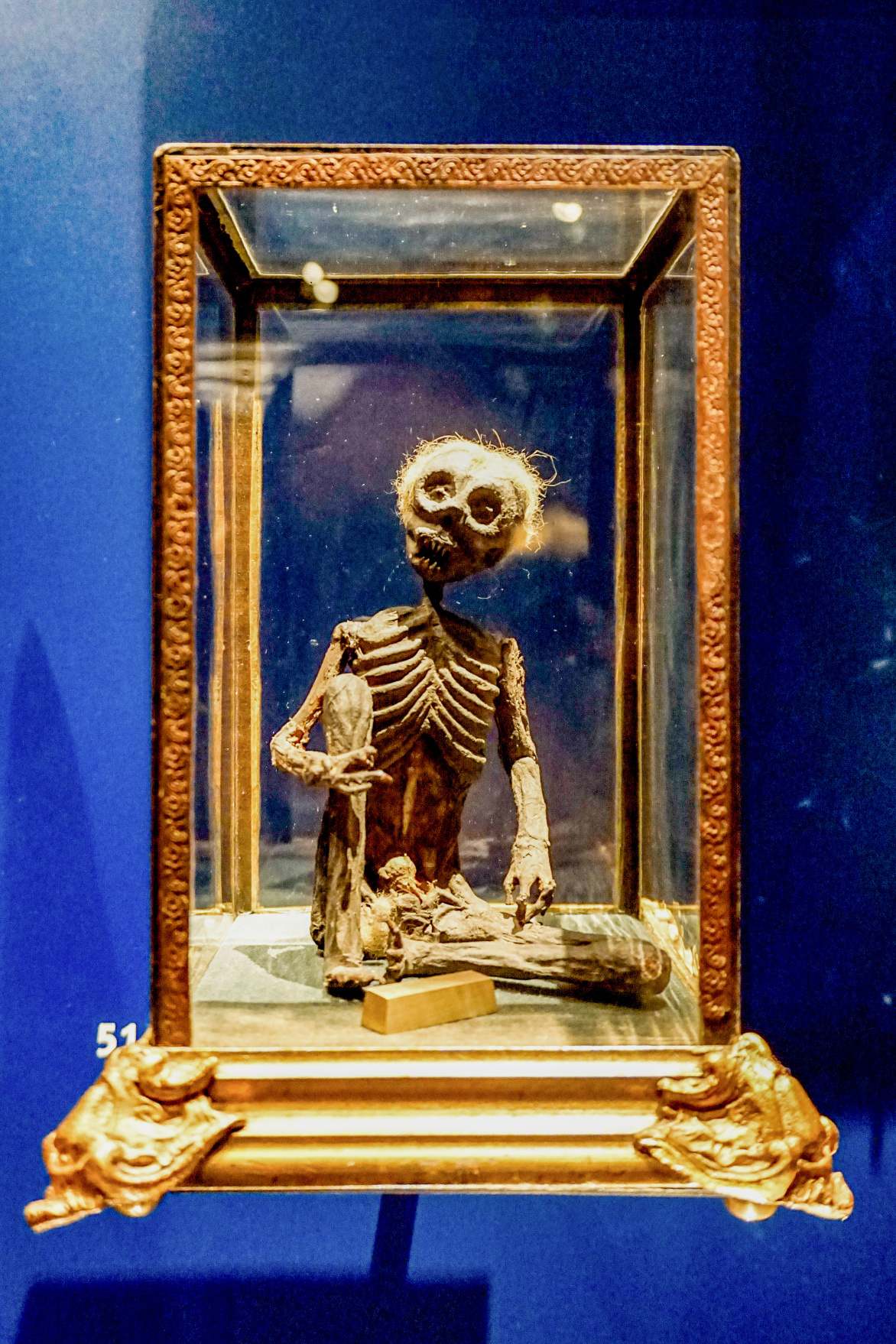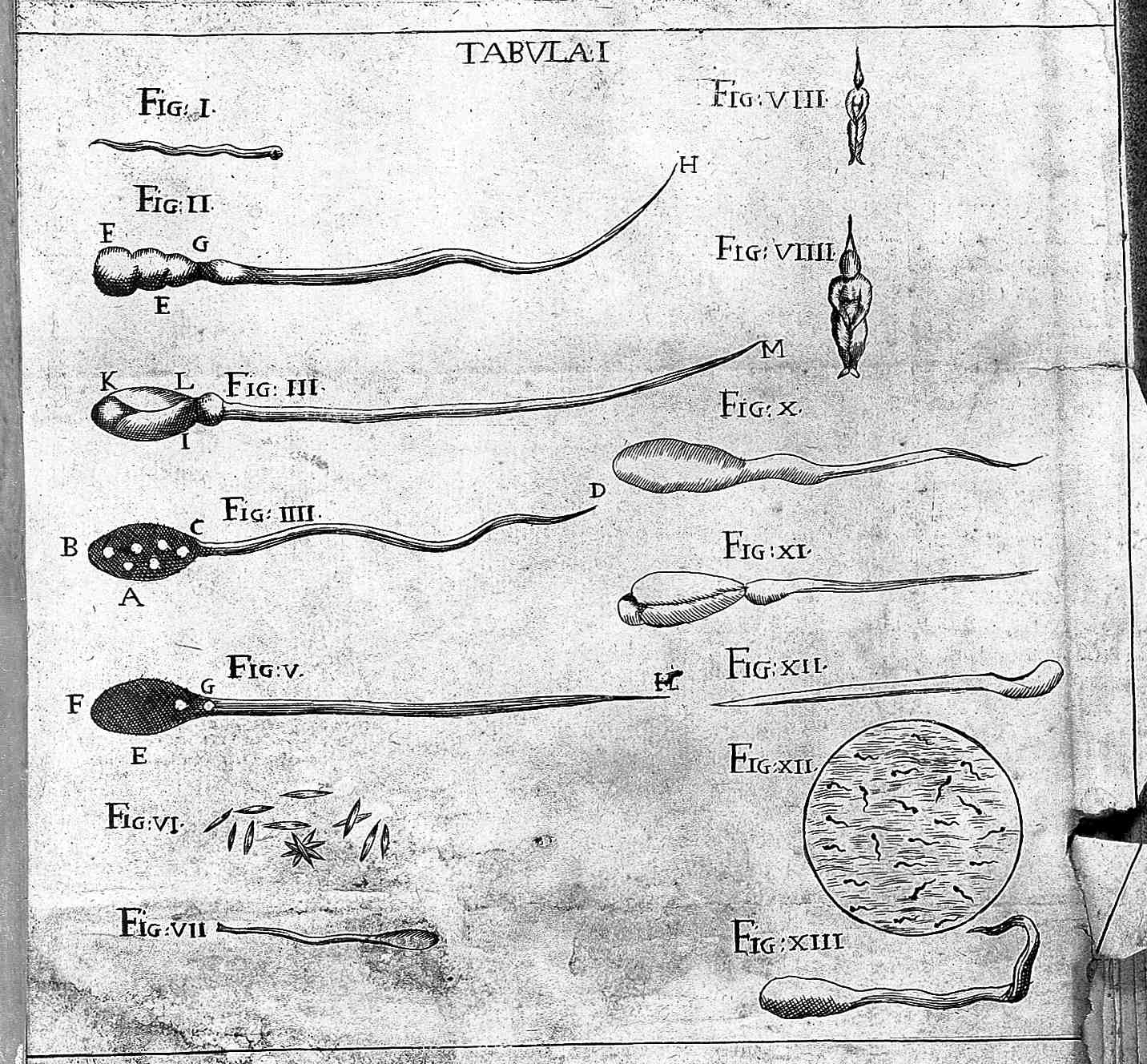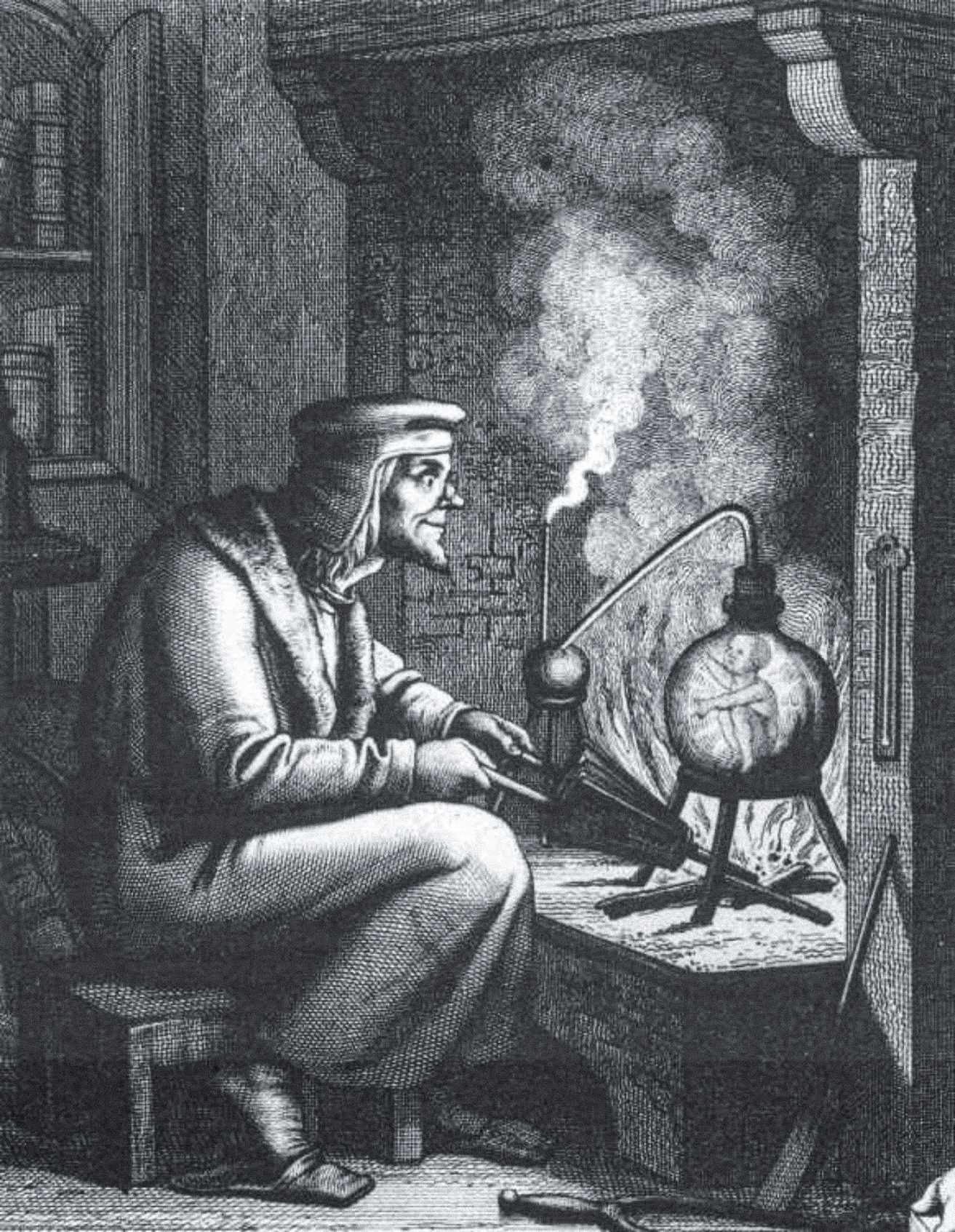The practice of alchemy stretches back to ancient times, but the word itself dates only from the early 17th century. It comes from the Arabic kimiya and an earlier Persian phrase al-kimia, meaning “the art of transmuting metals”—in other words, changing one metal into another.

In alchemical thinking, metals were perfect archetypes that represented fundamental properties of all matter. They were also useful—alchemists could turn base metals like iron or lead into gold, silver or copper by mixing them with other substances and heating them with fire.
Alchemists believed that these processes revealed something about the nature of matter: Lead was thought to be a dim version of Saturn; Iron, Mars; Copper, Venus; and so on. The search for an “elixir of life” continues today among biologists and biotechnologists who are trying to understand how cells and organisms age.
There was once a medieval alchemist named Paracelsus who believed that it was possible to create an artificially created “rational animal”, or human being, which he called a Homunculus. According to Paracelsus, “Homunculus has all the limbs and features of a child born of a woman, except much smaller.”

Alchemy was practiced by several civilizations of the Ancient Age, from China to Ancient Greece, migrating to Egypt during the Hellenistic period. Later, around the middle of the 12th century, it was brought back to Europe through Latin translations of Arabic texts.
There are four main goals in alchemy. One of them would be the “transmutation” of inferior metals to gold; the other to obtain the “Elixir of Long Life”, a medicine that would cure all diseases, even the worst of all (death), and give long life to those who ingested it.
Both goals could be achieved by obtaining the Philosopher’s Stone, a mystical substance. The third objective was to create artificial human life, the homunculus.
There are researchers who identify the Elixir of Long Life as a substance produced by the human body itself. The source of this unknown substance called “Adrenochrome” is adrenalin glands from a living human body. There are references to this mysterious substance also in the Tai Chi Chuan tradition.

Elizabeth Báthory, the notorious Blood Countess, was a 17th-century Hungarian noblewoman who systematically murdered countless young maids (600 by all accounts), not only by torturing them, but by taking their blood for consumption and bathing in order to retain her youth.
The term homunculus first appears in alchemical writings attributed to Paracelsus (1493 – 1541), a Swiss-German physician and philosopher, a revolutionary of his time. In his work “De natura rerum” (1537), an outline of his method for creating a homunculus, he wrote:
“Let the semen of a man putrefy by itself in a sealed cucurbite with the highest putrefaction of the venter equinus [horse manure] for forty days, or until it begins at last to live, move, and be agitated, which can easily be seen…If now, after this, it is everyday nourished and fed cautiously and prudently with [an] arcanum of human blood…it becomes, thenceforth, a true and living infant, having all the members of a child that is born from a woman, but much smaller.”

There are even remnants of medieval writing that have survived to the present day that contain the ingredients to create a homunculus, and it’s pretty bizarre.
There are other ways to make a homunculus, but none are as perplexing or crude as these. Moving deeper into mysticism, the formation of these monsters becomes much more esoteric and enigmatic, to the point where only the initiated truly comprehend what is said.

After the time of Paracelsus, the homunculus continued to appear in alchemical writings. Christian Rosenkreutz’s “Chemical Marriage” (1616), for example, concludes with the creation of a male and female form known as a pair of Homunculi.
The allegorical text suggests to the reader that the ultimate goal of alchemy is not the chrysope, but rather the artificial generation of human forms.
In 1775, Count Johann Ferdinand von Kufstein, together with Abbé Geloni, an Italian cleric, is reputed to have created ten homunculi with the ability to foresee the future, which von Kufstein kept in glass containers at his Masonic lodge in Vienna.
Homunculi are very useful servants, capable not only of physical violence, but also of many magical abilities.
In most cases, homunculi are very loyal servants, even killing on command if the alchemist so ordered. But, there are many tales of alchemists who treat their creation recklessly, to the point where the homunculus turns on its master at the most opportune moment, killing them or bringing great tragedy to their lives.
Today, no one knows for sure if Homunculus ever existed. Some believe that they were created by a wizard or sorcerer, while others claim that they were the product of a mad scientist’s experiment gone wrong.
There have been many sightings of Homunculus over the years, even in the modern days. Some say that they look like miniature humans, while others describe them as looking like animals or even monsters. They are said to be very quick and agile, and are able to climb walls and ceilings with ease.
Homunculus are said to be very intelligent, and are able to communicate with humans. They are also said to be very mischievous, and enjoy playing tricks on people.
In the end of the story, there is no way to know for sure if Homunculus exist. Its existence is still a mystery. However, the idea of artificially creating a human being has fascinated people for centuries, and has even inspired some scientists to try to create such a creature.
So, whether or not the Homunculus actually exists, the idea is definitely an interesting one, and it is certainly possible that such a creature could exist somewhere in the world; and the stories and sightings of them over the years might be real after all.




